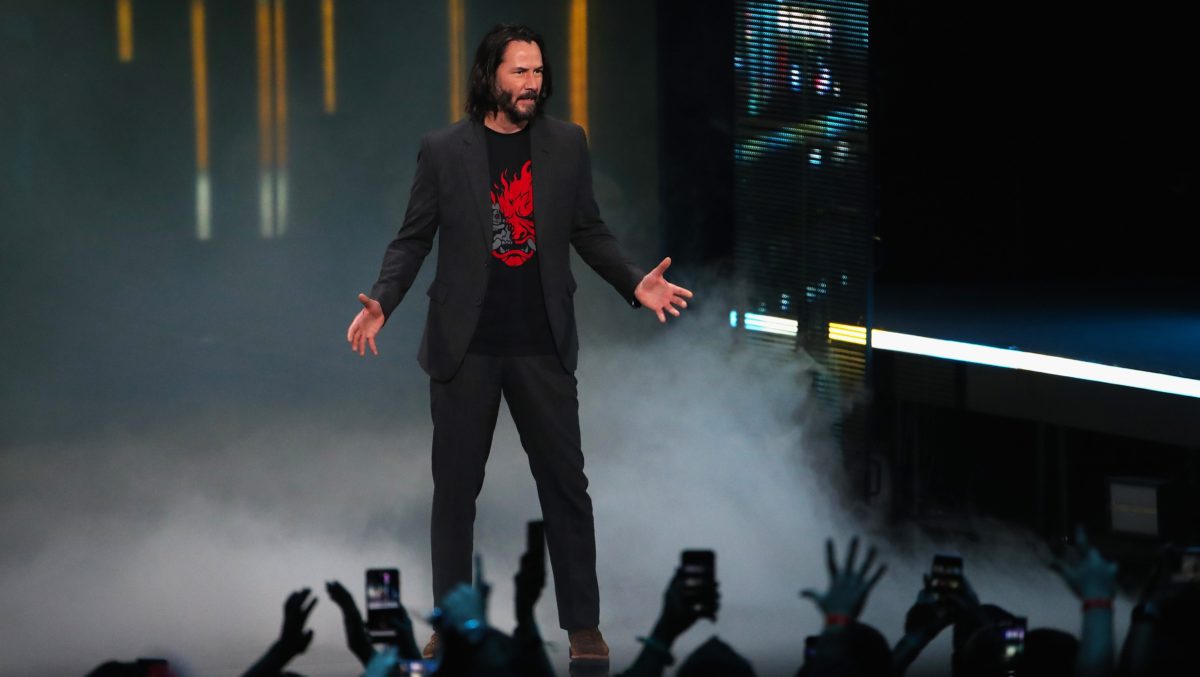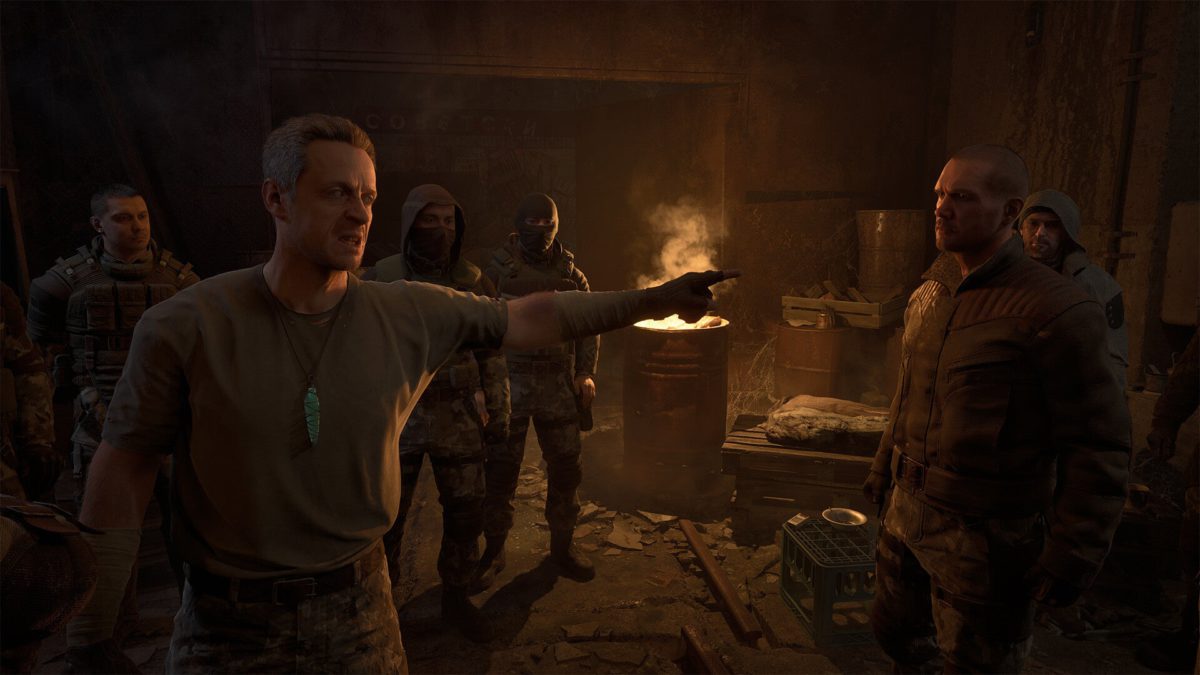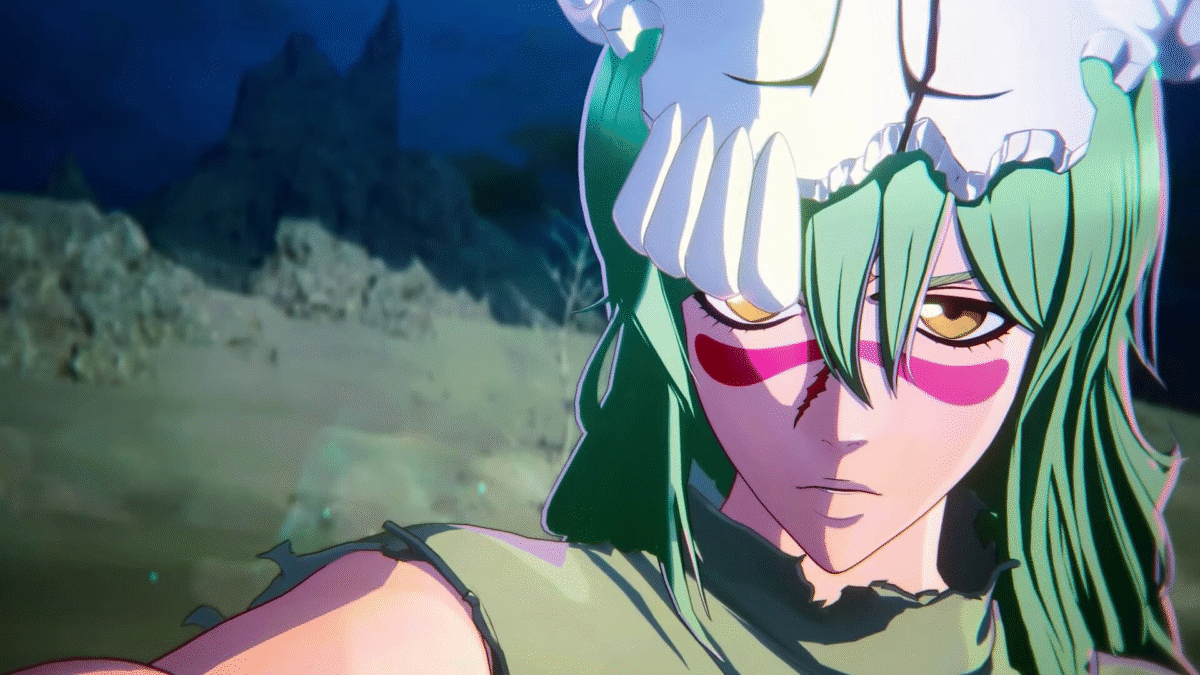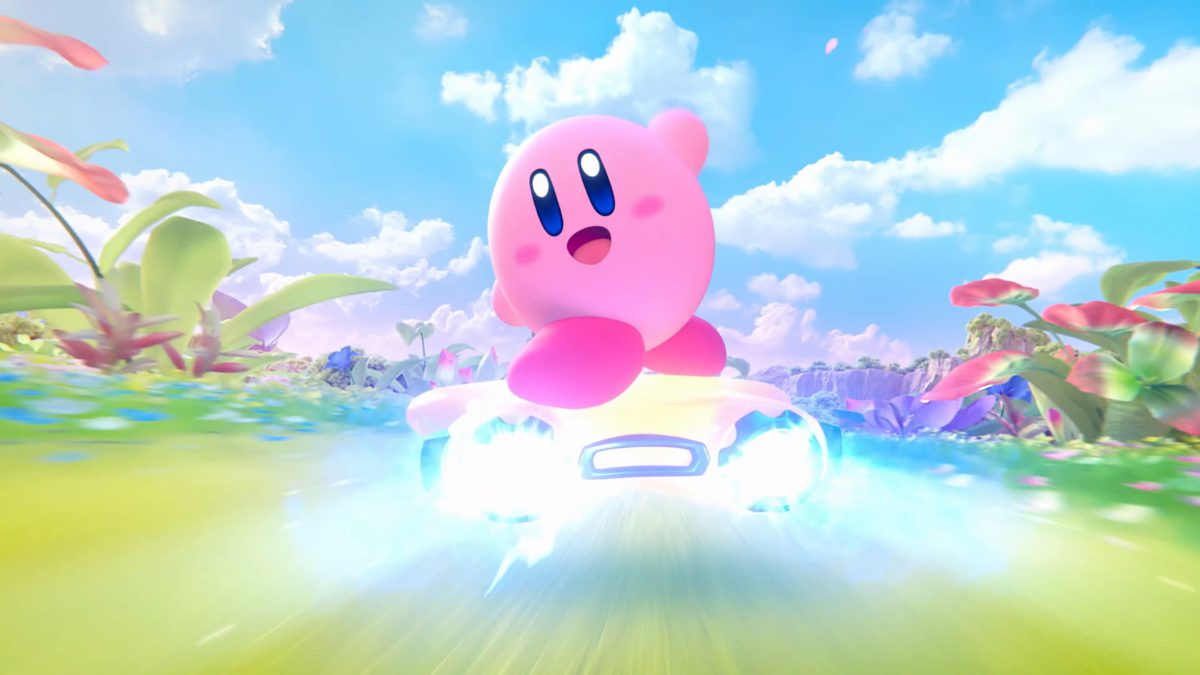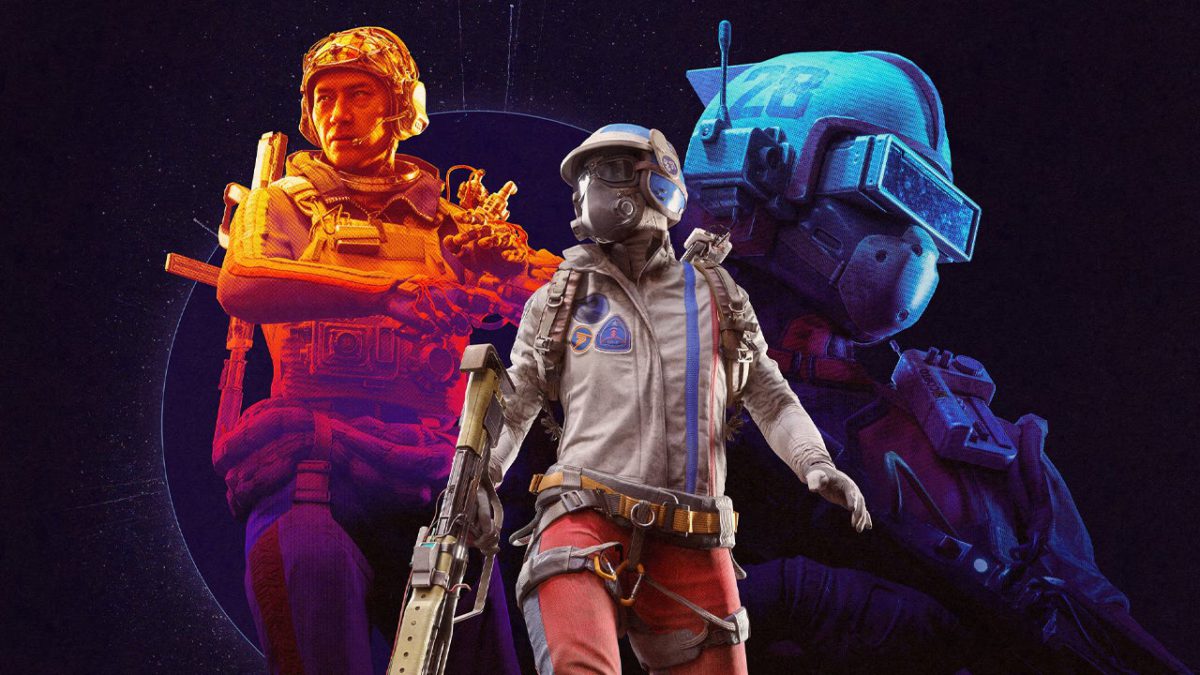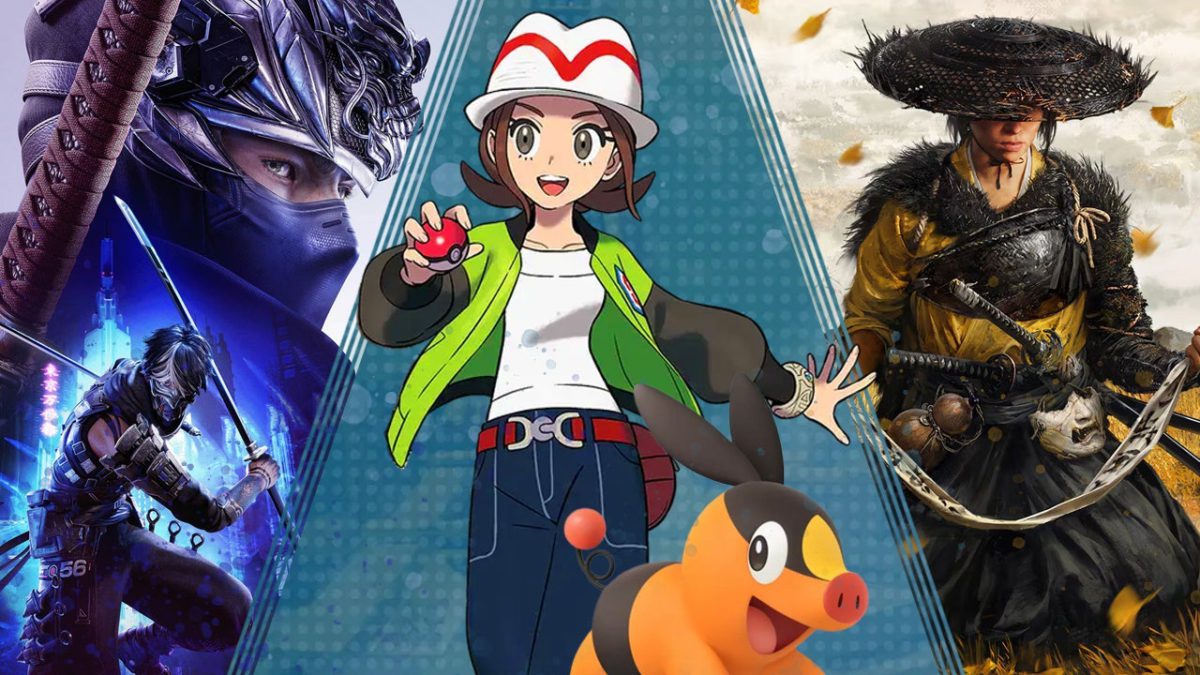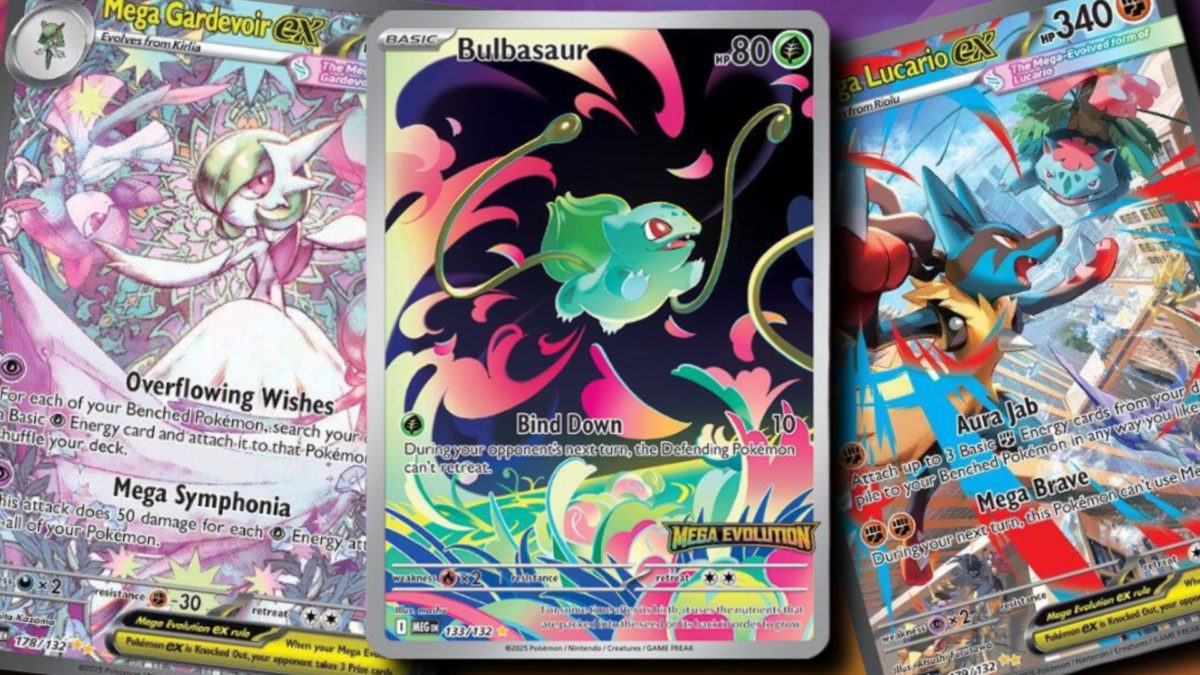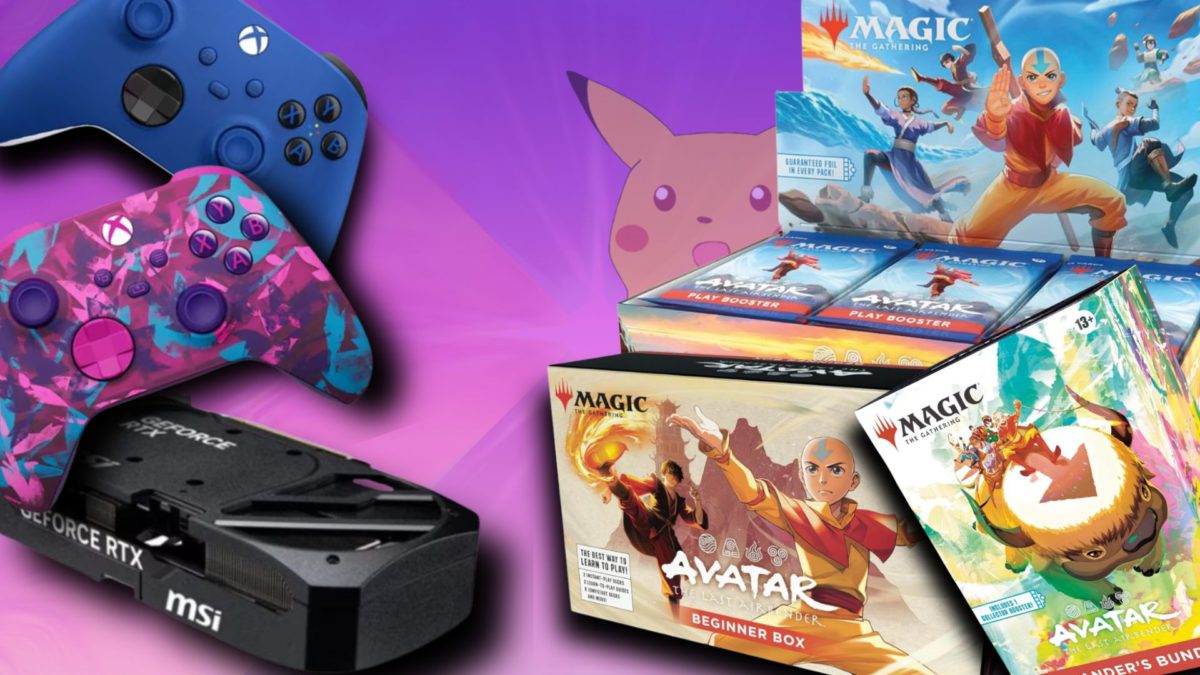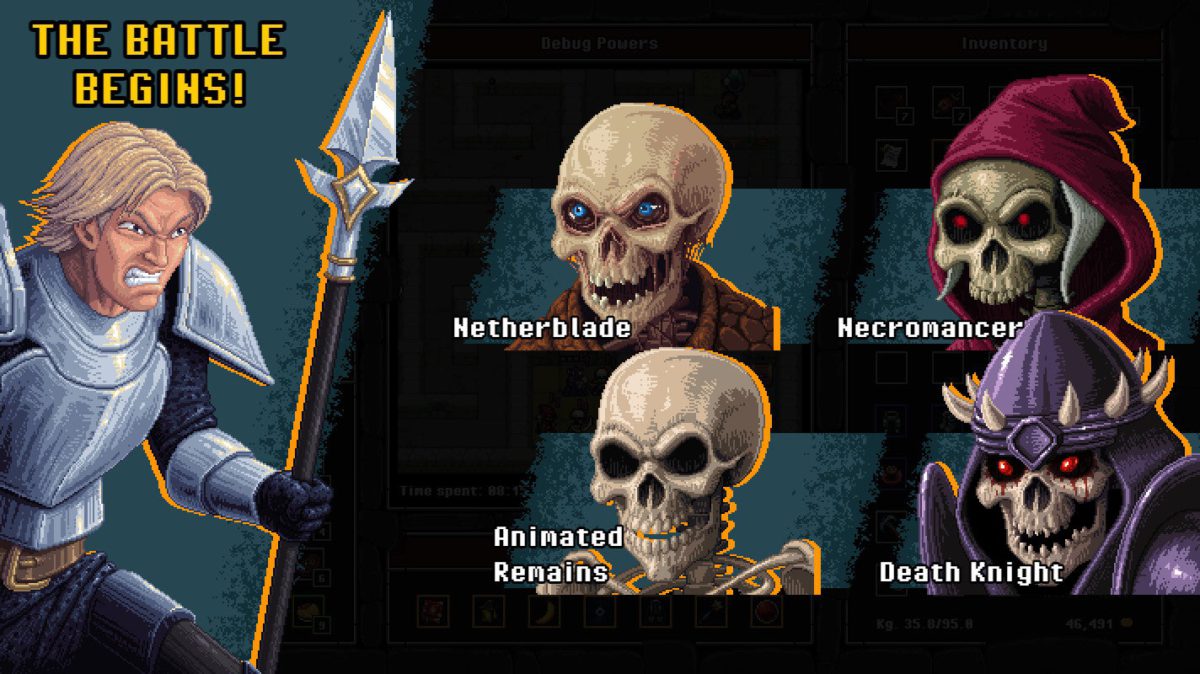
Keanu Reeves would love to play Johnny Silverhand again, but how can he given the events of Cyberpunk 2077? It turns out Cyberpunk creator Mike Pondsmith has worked out a way to make it make sense, and has told the much-loved actor: “contact me.”
In September, speaking with IGN while promoting his movie Good Fortune, Keanu Reeves said that he wanted to be part of the sequel to CD Projekt’s 2020 game.
“Absolutely. I’d love to play Johnny Silverhand again,” Reeves said when asked if he’d be interested in revisiting his legendary rockstar terrorist character in Cyberpunk 2.
Reeves’s love-affair with the Cyberpunk community began with his viral “you’re breathtaking” moment at E3 2019. Reeves, on-stage to announce the release date of Cyberpunk 2077, was interrupted by a fan who shouted out “you’re breathtaking!” Reeves’ response was to double-down with his own “you’re breathtaking… you’re all breathtaking!” Cue wholesome memes across the internet forever more. You can see the iconic gamer moment in the video below.
The question is, could Reeves actually play Johnny Silverhand in Cyberpunk 2 even if he wanted to? In other words, could Johnny Silverhand return in the sequel, given the events of Cyberpunk 2077?
Warning! Spoilers for Cyberpunk 2077 follow:
While many players believe Cyberpunk 2077 provided a suitable ending for Johnny and V’s story, depending on which ending of the game CD Projekt makes canon for Cyberpunk 2, the door may be left open for Reeves’ return. Could Johnny return in cameo form perhaps, having downloaded himself into someone or something else? Canon ending dependent, could V end up becoming Johnny Silverhand in mind and body for Cyberpunk 2? Perhaps we could see Johnny as part of a flashback to events before Cyberpunk 2077, as Cyberpunk 2077 had?
It sounds like Mike Pondsmith has been thinking about this ever since Reeves’ interview with IGN. In a CD Projekt livestream to celebrate the fifth anniversary of Cyberpunk 2077, Mike Pondsmith said, matter of factly: “Not that long ago, I saw that Keanu would like to find a way to come back from the dead and play Johnny again. I have ways to do that, Keanu. Contact me.”
Pondsmith, understandably, did not reveal what those “ways” were, but as we’ve mentioned, there are plenty of theories fans have come up with to make it make sense.
Reeves isn’t the only big Hollywood name to appear in Cyberpunk 2077. Idris Elba starred in the successful expansion, Phantom Liberty, which Pondsmith was delighted by. Indeed, he revealed he worried that CD Projekt might get sued because his character, looked so much like Elba, before it was revealed it actually was Elba playing the role.
“‘So let me get this straight,'” Pondsmith recalled of his reaction to the news. “‘You got Keanu Reeves, and then you turn around and get Idris Elba. What’s next? Scarlett Johansson?’
“Scarlett, you know, I have roles for you. You can do anything.”
Scarlett Johansson in Cyberpunk 2? That remains to be seen. But Pondsmith has been chatty about the hotly anticipated sequel in the past. In May, Pondsmith teased some previously unknown details when he was asked about the scope of his involvement with Cyberpunk 2 (then known as Project Orion) at the Digital Dragons 2025 conference.
Pondsmith admitted he wasn’t as involved this time around, but said he does review scripts and had been to CD Projekt to check out the ongoing work.
“Last week I was wandering around talking to different departments, and seeing what they had, ‘Oh look, this is the new cyberware, what do you think?’ ‘Oh yeah, that’s pretty good, that works here.’”
And then, the morsel on the sequel: that it features a brand new city in addition to the Night City we know from Cyberpunk 2077. Pondsmith described this new city as “like Chicago gone wrong.”
“I spent a lot of time talking to one of the environment guys, and he was explaining how the new place in Orion, because there’s another city we visit — I’m not telling you any more than that but there’s another city we visit. And Night City is still there. But I remember looking at it and going, yeah I understand the feel you’re going for this, and this really does work. And it doesn’t feel like Blade Runner, it feels more like Chicago gone wrong. I said, ‘Yeah, I can see this working.’”
It’s worth pointing out that Pondsmith’s comments do not necessarily suggest the Cyberpunk sequel will feature a future Chicago, rather a city that has the feel of a dystopian version of the city. It may well be a take on future Chicago, but that isn’t confirmed based on these comments. There is also some debate about whether Cyberpunk 2 will expand upon the Night City that’s in Cyberpunk 2077 or feature a new version, and the extent to which it is playable.
It sounds like we’ll have to wait some time to find out. CD Projekt is of course focusing on The Witcher 4, and CD Projekt co-CEO Michał Nowakowski has suggested Cyberpunk 2 won’t be out until at least 2030.
Photo by Christian Petersen/Getty Images.
Wesley is Director, News at IGN. Find him on Twitter at @wyp100. You can reach Wesley at wesley_yinpoole@ign.com or confidentially at wyp100@proton.me.

